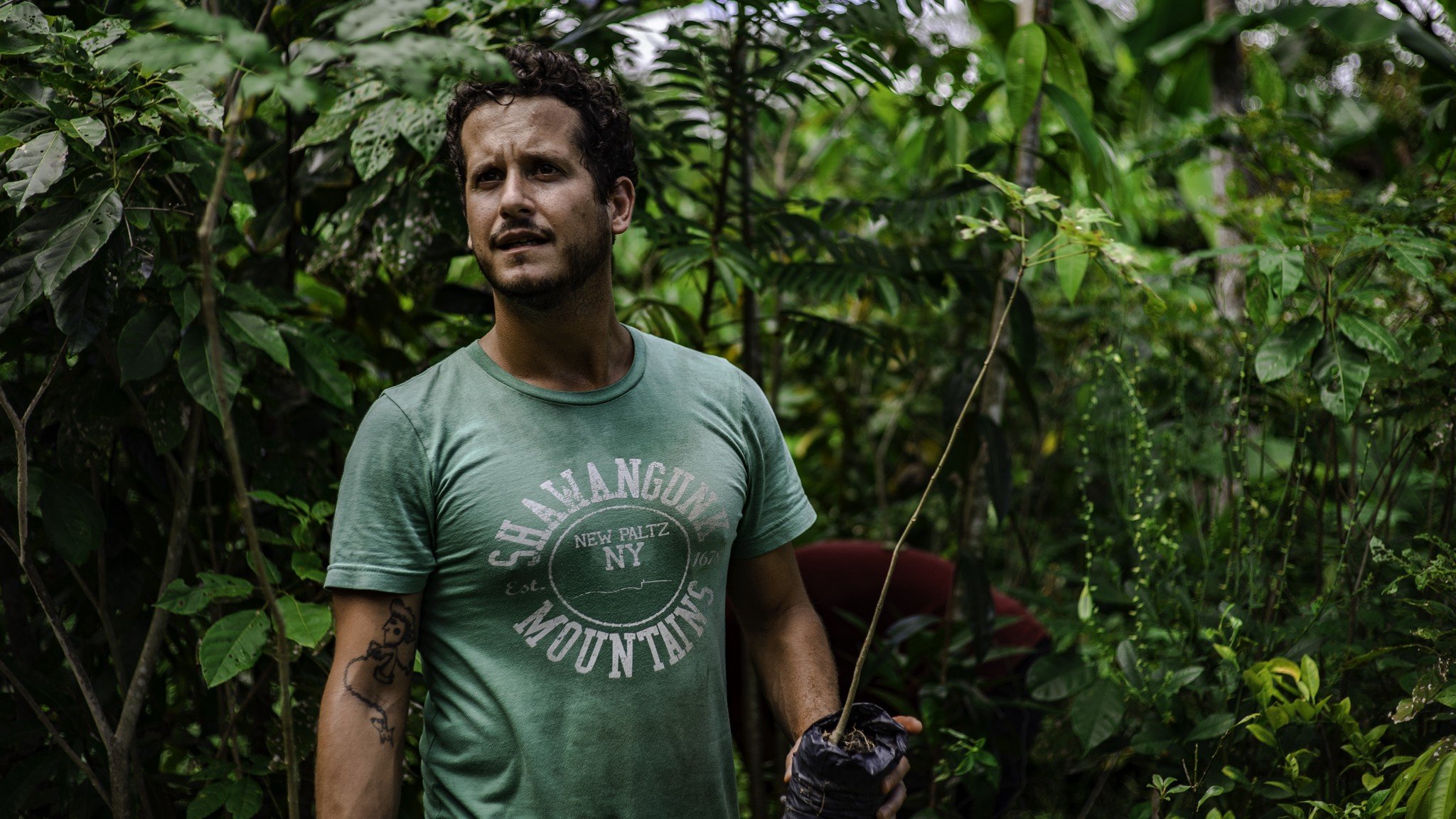How can agricultural budgets help brands invest in nature?
Most often when we engage with an object made from nature, whether it be a cotton bedsheet, a pair of leather sneakers or a wool sweater, we are engaging with agriculture. Yet, as the first step in a long and complicated value chain, farming is often left out of the equation in fashion brands’ efforts to improve social and environmental impacts. It’s true that many brands engage with sustainability by establishing criteria for what materials and fibers are and aren’t acceptable for their collections. It’s less likely that brands actually interact with the farms and farmers who grow the plants and raise the livestock that generate their materials.
In contrast to the distance between most brands and farmers is the concept of an agricultural budget, first introduced to us at Cotton Diaries by community member, Beto Bina. Beto leads Veja’s sourcing and innovation and is also the co-founder of FarFarm, which builds regenerative supply chain networks across agriculture and agroforestry.
What is an agricultural budget?
‘All brands that rely on a farming supply chain should know where it’s coming from,’ says Beto. Much like a fashion brand would allocate money to sectors of its business, like advertising, influencer partnerships, trend research or PR, an agricultural budget represents an allocation of funds into farming. Beto views an agricultural budget as money that’s used for research and development into new materials, innovative processes and farming methods that benefit the material, the land and the people engaged in farming labor.
Most of the products of mass agriculture farmed around the world create a negative impact on the planet, which is bad for farmers and depletes their soil. Yet private companies are profiting from the products of agriculture, and so an agricultural budget is a way for brands to take responsibility and reinvest into making farming more sustainable.
Beto also points out that pre-industrialization, ways of doing agriculture slowly and organically had been tried and tested by civilizations for thousands of years. Yet new ways of working, which involves chemicals, machinery, and mass production have existed for a relatively short amount of time, and as such very little research and testing has been done on these ways of working comparatively. Beto views this type of work as ‘not just a responsibility of a brand, but actually an ecosystem of open innovation that should happen.’
‘[investing in an agricultural budget is] not just a responsibility of a brand, but actually an ecosystem of open innovation that should happen.’
- BETO BINA
In many cases, research into better ways of farming and material innovations are already underway. These are often funded by NGOs, governments and universities. The opportunity for brands is not to ignite this work but to financially contribute to it when they have so much to gain.
The agricultural budget in context…
Veja has long operated with the understanding that investing in its supply chain takes precedence over investing in sales. The company has never run paid advertisements and spends comparatively little on marketing. Yet its deep engagement with its supply chain, from natural rubber to traceable leather, has made its mark. Beto refers to this notion as ‘the process becoming the concept’. The idea is that a brand’s identity isn’t one of celebrity or mystique, but it actually centers on the journey of the product from nature to footwear.
One way that Veja uses its agricultural budget is by employing locals across its key supply chain regions in Brazil to embed local wisdom into the sourcing process. This approach ensures that projects and innovations represent the vision of local experts and communities. Beyond this local wisdom, Beto categorises an agricultural budget into two key pillars: raw materials, which covers the individual plant and animal species involved in creating products, and methodology which looks at the technology, labour and process involved in converting raw materials into products.
While Beto routinely emphasises this resource allocation as a responsibility for private companies, Veja’s story also positions an agricultural budget as an opportunity.




